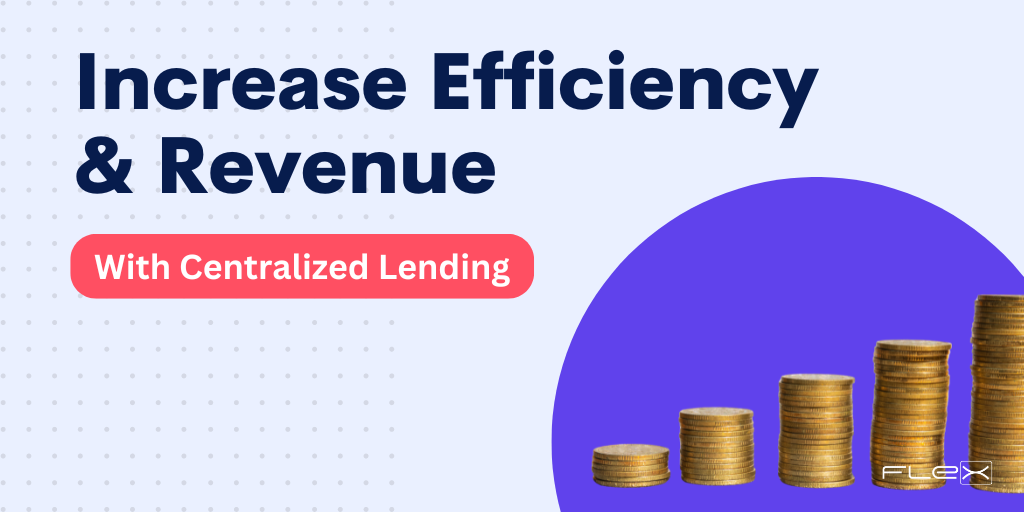Auto-Decisioning: Is It Yes or Is It No?
 People are impatient. When they ask a question, they want an answer as quickly as possible. Technology has led them to expect things instantly, and that includes the decision on a loan for something they'd like to buy. They want it now! With the goal of shorter turn-around times, and capitalizing on the revenue a new loan brings, many credit unions have turned to auto-decisioning to expedite loan processing and increase efficiency. In most cases, auto-decisioning makes sense, provided there is enough tracking, measuring, and monitoring in place to ensure that it's working appropriately. Without these safeguards, financial institutions take the chance of increased risk in their loan portfolios.
People are impatient. When they ask a question, they want an answer as quickly as possible. Technology has led them to expect things instantly, and that includes the decision on a loan for something they'd like to buy. They want it now! With the goal of shorter turn-around times, and capitalizing on the revenue a new loan brings, many credit unions have turned to auto-decisioning to expedite loan processing and increase efficiency. In most cases, auto-decisioning makes sense, provided there is enough tracking, measuring, and monitoring in place to ensure that it's working appropriately. Without these safeguards, financial institutions take the chance of increased risk in their loan portfolios.
Underwriting loans has been becoming a faster and smoother process, even before technology brought us auto-decisioning. When members completed loan applications at their local credit union, an underwriter would make a decision to approve or reject that loan after reviewing credit bureau data, credit scoring, and application information. As the accuracy of these reports and scores improved, better informed decisions could be made, all with the goal of managing credit risk.
With lending’s growing role as a revenue generator and key element in market growth, so too came an increasing need to efficiently capitalize on potential new loans. This is when many lenders turned to auto-decisioning. When implemented, it can greatly reduce the time to decision, which can build member relationships. It also lowers underwriting cost by allowing lending staff to instead focus their time and resources on more difficult decisions that require a closer, personalized review.
-1.jpg?width=728&name=FLEX-MSR-blog%20(1)-1.jpg)
For all the improved functionality it provides, it’s also not too hard to see how auto-decisioning can expose a credit union to unexpected risk and severely degrade its portfolio quality. Without specific parameters in place, and proper monitoring and analytics, loans may be auto-approved that don't perform well and bring risk and even loss to the loan portfolio. In most cases, however, auto-decisioning technology and monitoring has been perfected, and actually helps to mitigate risk. According to CreditUnions.com, here are some areas of risk that can be positively impacted when implementing auto-decisioning:
- Credit Risk – By minimizing the human element in the lending process, auto-decisioning reduces human error while increasing consistency, thus lessening a credit union’s exposure to credit risk.
- Compliance Risk – Auto-decisioning allows credit unions to build an established risk management business process that provides fair, unbiased and consistent treatment of consumers, which is an important part of meeting compliance standards.
- Operational Risk – Using analytics and reducing human intervention also allows the measurement and validation of all models and ensures that scores are used the way they were intended.
- Strategic Risk – Auto-decisioning can help credit unions demonstrate that underwriting decisions are in alignment with their institution’s risk policy and tolerance, and helps to ensure their strategic vision and direction for the future stays on course.
Implementing auto-decisioning, when done thoughtfully and in alignment with your credit union’s business strategy and risk tolerance, can greatly impact your institution. If you haven’t already done so, reach out to your fintech vendor and inquire about implementing auto-decisioning technology at your credit union. You can save time and money and also give your members an answer on their loan application sooner rather than later, making everyone happier.



